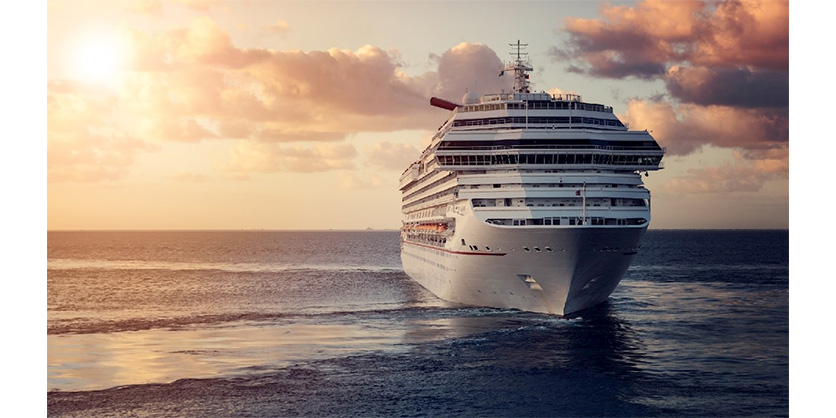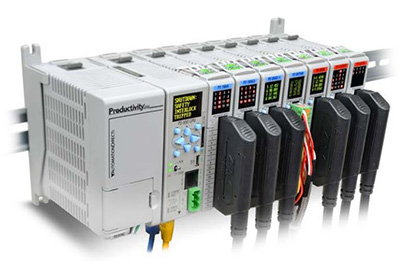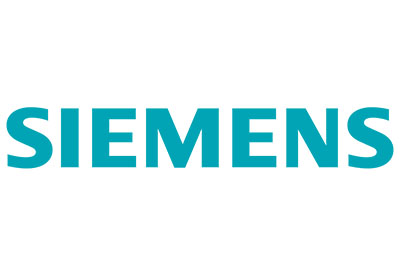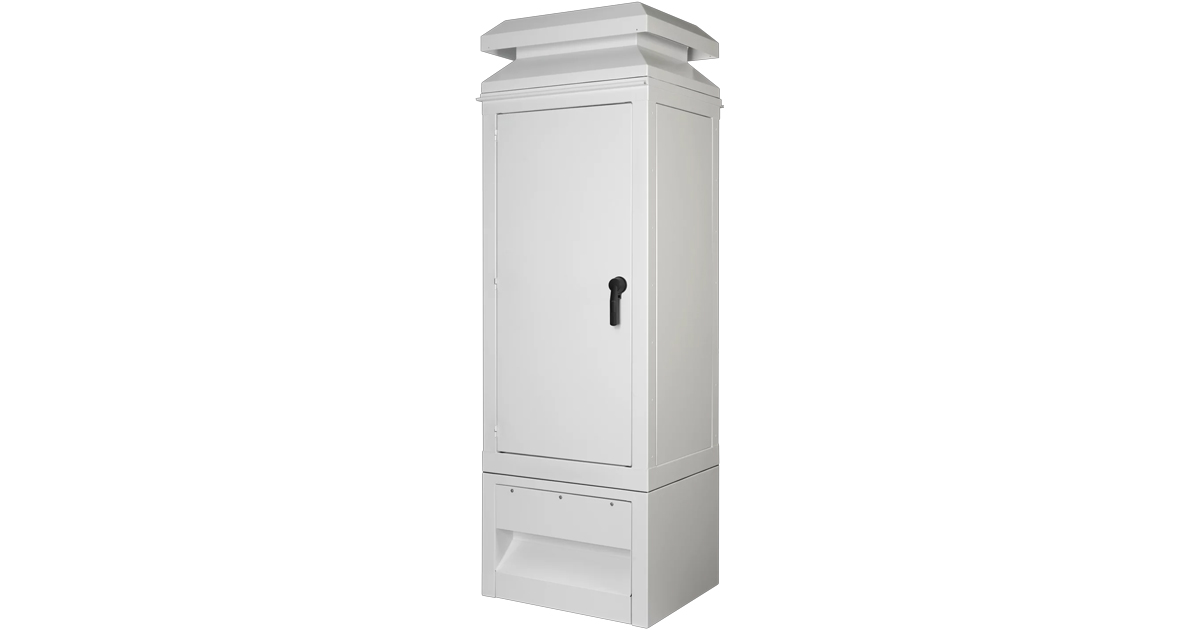Centralized Fleet Support – Where Digitalization and Sustainability Meet

May 19, 2023
Shipowners and operators are looking to leverage the power of data to enhance operational performance across multiple vessels. Industry experts from ABB, Wallenius Marine, Carnival Corporation and the fleet support center OVERSEA share their insights into what will be a key enabler of efficient shipping in the future.
At a time of increasingly strict regulations and climate challenges, many shipping companies are currently dealing with digitalization processes to better understand how individual ships are performing, the differences between them, and applying the learnings across fleets. The end game is securing long-term sustainability in terms of improved energy efficiency and emissions reductions, operational savings, and business success.
Companies don’t need to load up on tools; what they need instead is support in how to leverage them to improve performance.
Digitalization and the knowledge gap
Johan Mattsson, CEO of Wallenius Marine, adds that given the conservative nature of shipping, implementing digital systems requires a new mindset. “A certain amount of caution is good as costs are high. Technology development is rapid but there is an urgent need for harmonized standards and better understanding of what digital tools and data can achieve. Proper training on new systems is also crucial to realize return on investment.”

The pace of change in the global maritime segment can be a barrier to introducing sustainable practices worldwide, notes Andrew Paul, Senior Director Maritime Innovation at Carnival Corporation. “The industry must continue to progress its sustainability efforts as rapidly as possible. We are making huge strides towards 2050 goals, but there still needs to be masses of more investment in technology and operational compliance.”
What centralization offers in a fast-changing world
Some large companies with large fleets have the resources to do this in-house but for smaller owners and operators it is beyond the scope. The big benefit of using ABB’s network of Collaborative Operations Centers is that everyone receives the same level of expertise and competent advice.
“The staff members of our Collaborative Operations Centers are former captains, chief mates and marine engineers with on-board commissioning and service experience, so customer crews can trust they know what they’re talking about”, says Osku Kälkäjä. “The other major benefit is having a common support system across all vessels. There is no need to invent anything new for each vessel because ship operators can use data that’s already been analyzed. They can unlock the value of the fleetwide data to compare vessel performance, identify specific areas of improvement and advise crews accordingly.”

Getting the best out of the data
However, Kälkäjä points out it is not just a matter of installing sensors onboard ships and starting to collect the data, and then, hey presto, every ship starts performing better and saving money. “The first challenge is deciding how and what data to harvest and then how to utilize it both on board and on shore. When it comes to comparing different types of data and performance parameters, there are multiple variants and data needs to be combined to generate the best possible outcome. This requires knowledge of both vessel and fleet operations and management alongside specialized IT competence.”
For Wallenius’ part, Mattsson says the company has been working on fleet management for the past 15 years. “Collecting, analyzing and putting data into action is by no means straightforward. Data handling needs to be synched and compared to get an accurate picture of what is happening onboard each vessel. This requires good teamwork, especially as captains have many other duties aside from optimizing performance for the next days. Out at sea the conditions can be challenging. Computers can still do this also in severe weather, which is a big benefit of centralized support.”
Mattsson adds that a typical mid-size fleet benefits from the OVERSEA support both to collect the data and unlock critical information, as well as for training.
“We need to be jack of all trades, and gaining that level of insight and action is harder for smaller operators. The shore team is working in the background tracking the performance of each ship and recommending actions. That’s the essence of centralization.”
Speaking for Carnival Corporation, Andrew Paul says the company is now 10 years into its digitalization journey and was a pioneer in streaming data from its ships to its Fleet Operations Centers (FOC) in Hamburg and Miami. “But what to do with it all? Through trial and error, we learned how important it is to carefully identify your scope. We are now using data insights to work towards everything from more efficient voyage passage planning to compliance monitoring and embedding an excellence culture across the fleet. The Fleet Operations Centers, alongside fuel and energy data analysis teams, drive a very positive feedback loop.”
He adds that there is also an exciting evolution taking place as more technology vendors are beginning to work collaboratively on data sharing. “It can be challenging but in Carnival Corporation’s case it is hugely positive as it helps us to centralize data in one place and put it to work.”

What differentiates OVERSEA?
OVERSEA combines fleet management expertise with advanced analytics. It was specifically developed by ABB and Wallenius Marine to help shipping companies reduce emissions, choose better routes and perform more efficient maintenance.
“Most fleet management solutions claim similar values such as saving fuel,´passage planning, condition monitoring of engines and environmental reporting. What differentiates us is our strong centralized philosophy and process-driven approach. Sure, you can buy niche applications for specific tasks but OVERSEA is a one-stop solution covering all key parameters. We also take data insight a step further, supporting customers with recommendations to ships until each performance issue is solved,” says Niklas Sundén, Commercial Manager at fleet support center OVERSEA.
We have the knowledge. The challenge is to connect and transfer it seamlessly from office to vessel, no matter where you are.
The connectivity challenge
Meanwhile, Sundén points to connectivity issues that still need to be taken into consideration, not only in terms of speed but in remote locations where the capacity of satellite coverage may sometimes be lower. “We have the knowledge. The challenge is to connect and transfer it seamlessly from office to vessel, no matter where you are.”
Mattsson concurs that data speeds are still too slow and expensive. “But things are getting better as new satellite systems go live to keep ships continually connected and enabling more user-friendly live video communications.”
Better connectivity has provided shipping companies in segments like shortsea and coastal trades with a lower barrier to digitalization, Kälkäjä notes. However, in international trading with fragmented connectivity there is still great potential for centralized operations to generate significant savings.
In Carnival Corporation’s case, Paul says the company is already receiving 10 million data points from its fleet per day and “the sky is the limit going forward”.
Teamwork is everything
Paul says tackling the human factor issue of legitimate crew concerns against centralized support is quite straightforward. “If you implement a digitalization regime as an office-led silver bullet to improve fleet performance you’ll probably run into problems. Providing comparative data with other ships in the fleet and evolving that into procedural upgrades will turn sea colleagues into internal advocates. Remember they are motivated by the same goals as shore personnel, to be profitable and successful, and are central to our ability to meet the industry’s 2050 goals. If you do it right, you’ll get tremendous uptake, especially with the upcoming digital-minded generation.”

Kälkäjä agrees that collaboration is key. “Every instruction from shore should be backed by indicative data but there should always be a ‘‘conversational’ approach, as those on board might understand a particular issue better despite the data. Then those insights can be duplicated across the fleet.”
Based on his experience of crew reactions to OVERSEA implementations, Sundén also ranks teamwork as a top priority. “Sea personnel are likely not to trust shore support given by experts without seagoing experience. That’s why our digital fleet support is manned by former masters and chief engineers with the right knowledge base, similar to ABB’s Collaborative Operations Centers. It’s much easier to build a common understanding. Even the most experienced captains will accept recommendations from professionals who are their equal.”
Choosing the right partner for centralized support
Paul advises shipping companies to look for willing partners who have already made investment in this space. Engaging multiple critical vendors that are not able to cooperate effectively can increase the risks for the end customer. “However, we are seeing a positive culture shift, such as common standards fordata protocols and key touch points. From there, look at the vendors’ culture around data strategy and data virtualization. It is also that they can demonstrate a strong track record of operating to the highest standards of cyber security.”
Mattsson echoes this. “Examine performance track record. Do they have the required deep knowledge and a solution that is trusted in the market? Can they connect reliably to your systems and ships? If they can prove that, OK. Price is obviously an issue, of course, but as important is – like ABB and OVERSEA – do they have genuine interest and enthusiasm for what they’re doing? If they can prove that, go ahead and ask for a quote!”
Going forward, the sky is the limit.
Successful digital transformation
Digital transformation does not happen overnight and is not a straightforward journey from A to B. It requires time, planning, experience and expertise. There is no one solution that fits all, but the requirements vary depending on the operations, current form and level of digital maturity, the aspiration of the customer, and the scale and scope of digitalizing operations. The key to success is understanding what is required in terms of resources.
Osku Kälkäjä sums up: “Collecting insights and turning these insights into actions plays a key role in accelerating digital transformation, improving operational efficiency, and driving growth in today’s rapidly evolving digital landscape.”












